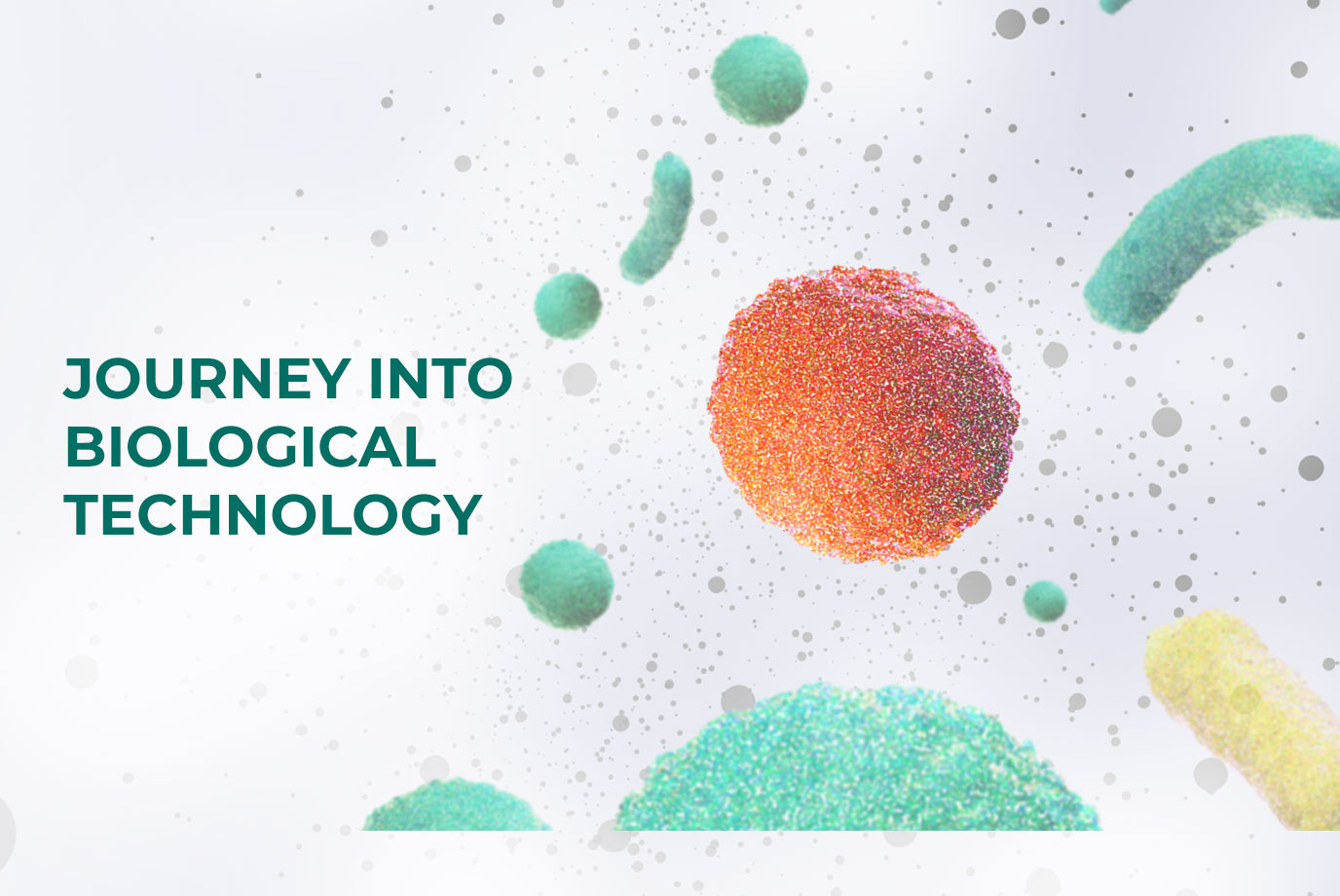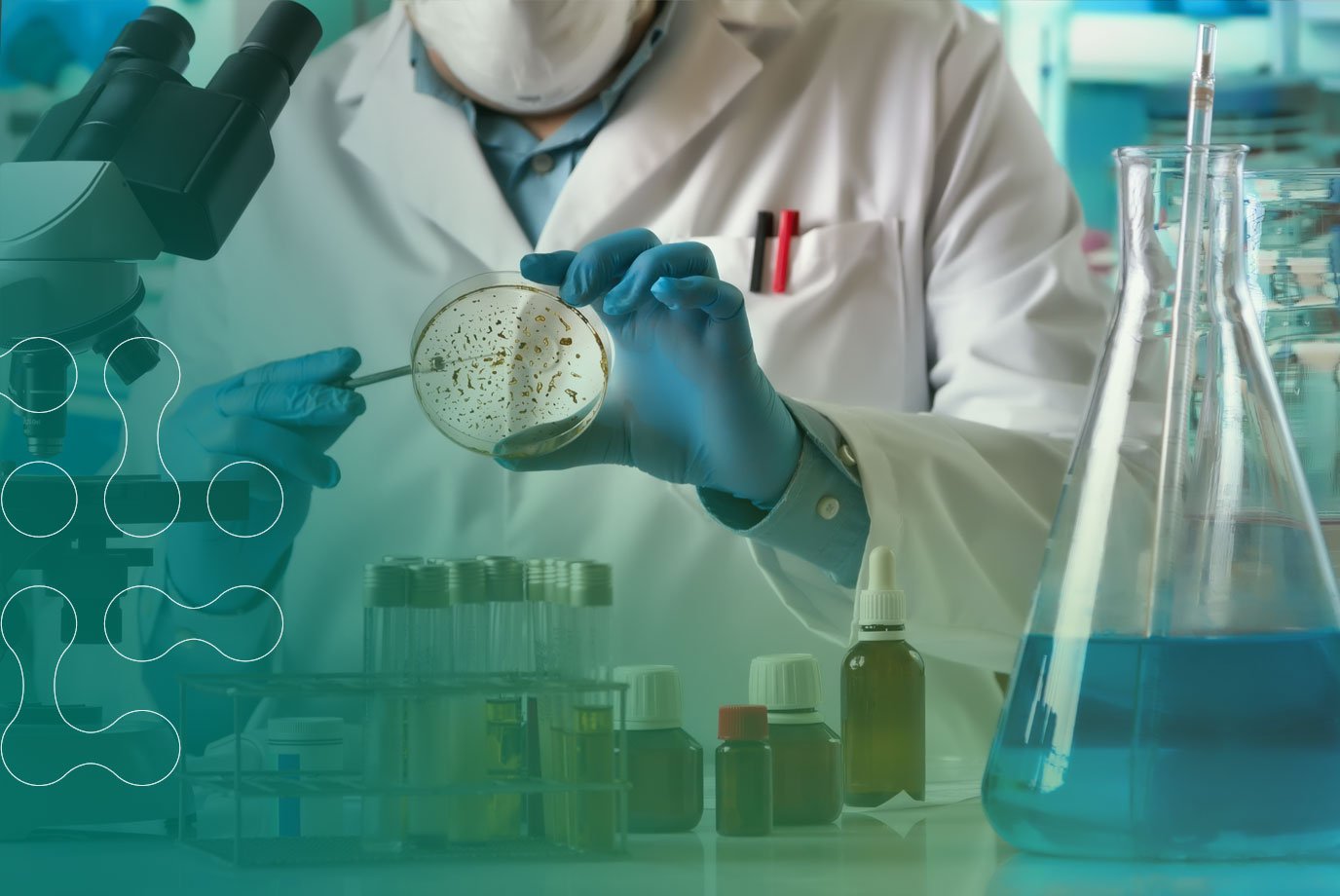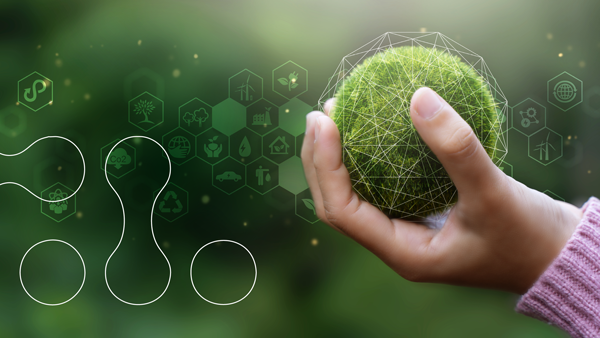The COVID-19 pandemic has once again shown healthcare to be one of, if not the, most important sectors on the planet. It is due to the life-saving work that is carried out that makes cleaning and sanitisation absolutely essential. Therefore, it is not surprising that healthcare uses an exceptionally high volume of cleaning and sanitisation products.
The products used need to be highly effective - in some healthcare instances, we are literally talking about life and death. But, what if the range of products used were not only efficient in keeping surfaces clean but also helped the healthcare sector reduce its Co2 emissions at the same time?
How Cleaning Biotechnology Works
Biotech-based cleaning products work by attacking dirt on surfaces. They do this by emulsifying, lifting, dispersing, sequestering, suspending and decomposing soils. Active agents – known as surfactants - stir up surface activity to help trap and remove dirt. Surfactants can act as detergents, wetting agents, emulsifiers, foaming agents, or dispersants.
At BioHygiene, our cleaning products harness the power of microbes, enzymes and natural plant extracts that work deep into surfaces to break down and remove dirt, grime and grease quickly.
The microbes used within the products, specifically bacteria, are present in the spore form. When the bacteria are introduced to suitable conditions, the spores germinate, and the bacteria begin to grow, colonising the application area.
Enzymes are added directly to our formulations, where they are referred to as “free enzymes”. They work the same way as bacterial enzymes, providing immediate action by breaking down organic matter and eliminating odours.
Free enzymes are used in conjunction with bacteria to provide an initial “kick-start” of activity until the microbial population is established and the bacteria start to do their work.
Residual Cleaning
Residual cleaning is an advantage of biotech cleaning that can particularly benefit hospitals and the healthcare sector. Whereas many traditional and non-biotech products simply clean when applied, biotech formulas continue to clean long after the standard cleaning process has finished.
Microbes break down organic matter and continue to ‘feed’ so long as there is a food source. They colonise an area, creating what’s known as a biofilm, and continue to work long after application, keeping odours at bay for longer.
This means that the product doesn’t need to be applied as often, resulting in much-needed cost savings for the healthcare sector, as well as leading to a cut in CO2e.
CO2e Reductions
There are many ways using certain products can help contribute to a reduction in CO2e. Where and how raw materials are sourced, the need to use less product and the type of packaging used can all have a substantial impact.
At BioHygiene, for example, we use a combination of Ecotec and Biotech ingredients, including plant extracts, microbes, enzymes and fermentation extracts, all with favourable ecotoxicity profiles and low health hazards. Extraction of raw materials is carried out in Europe, reducing transport-related CO2e from sourcing ingredients by 90% compared to chemical technology.
The eco-solvents used are made entirely from renewable, biobased resources that replace and reduce conventional solvent and hazardous chemicals and achieve a neutral or positive CO2e impact. Whilst long-lasting cleaning action enables customers to use less product, resulting in fewer deliveries and fewer CO2 emissions from transport.
Less product also means fewer bottles are used, reducing overall plastic waste. For instance, the plastic bottles used to package our range of products use 100% post-consumer resin (PCR), saving a further 85% CO2e.
Clearly, if the products are sourced from the right place, with the right ethics – it is very plausible that switching to something biotech-based can help keep surfaces cleaner for longer whilst keeping CO2e lower.




